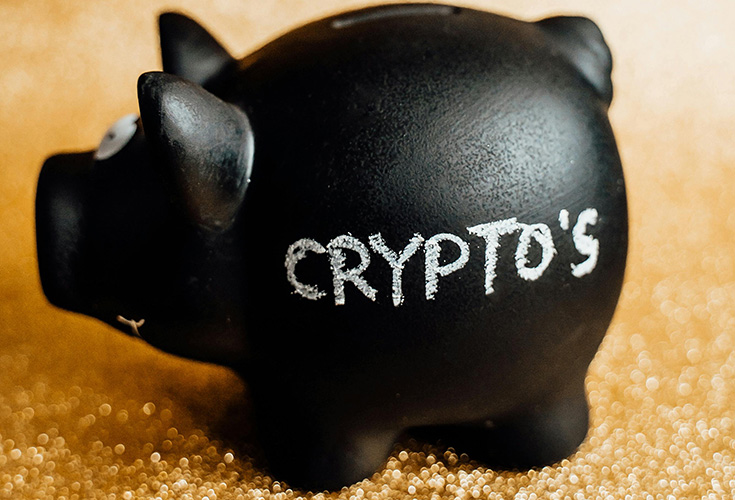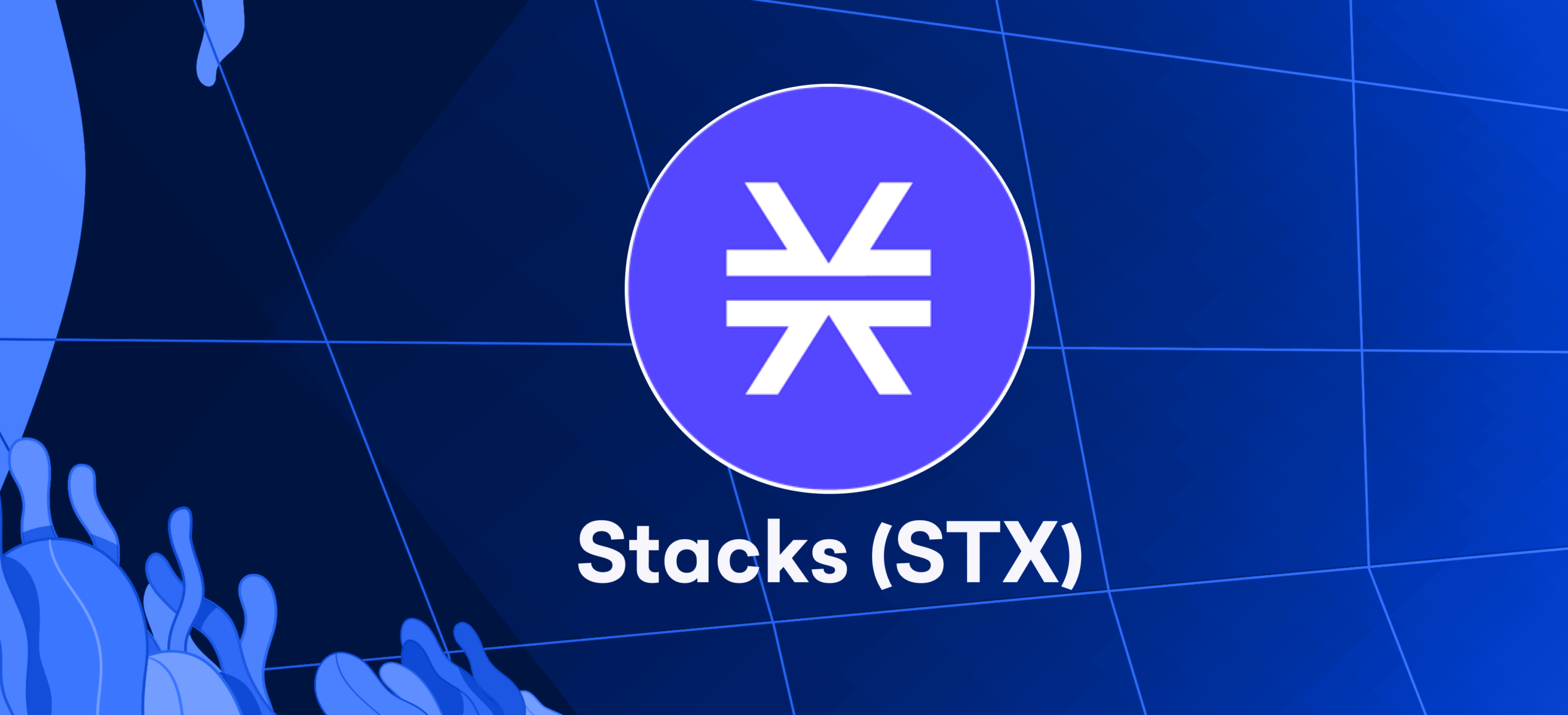
Decentralized Exchange
A digital currency exchange that allows peer-to-peer cryptocurrency transactions between buyers and sellers is known as a decentralized exchange (DEX). It differs from traditional centralized exchanges (CEXs), where typical transactions involve an intermediary or custodian (e.g., government institutions, trading platforms, banks, etc.). While DEX platform is non-custodial, meaning a trader keeps control of their wallet’s private keys during transactions.
A private key is a form of advanced encryption that gives a user instant access to his crypto assets after signing into the DEX with the private key. Therefore, investors protect their funds and are responsible for losing them if they make mistakes, such as sending funds to the wrong address or losing private keys.
DEXs became popular two years ago before the start of the “crypto winter” of 2022. Because large transaction volumes gradually moved away from the centralized exchanges. In January 2019, the share of DAX platforms accounted for only 0.11% of global trade volume, but that figure has increased to 6% from August 2020 onwards. The monthly trading volume on DEXs was estimated to be $20 billion by October 2020.
Approximately $217 billion of transactions flowed through the DEX platform in the first quarter of 2021. Additionally, as of April 2021, there were more than 2 million decentralized financial traders, representing a 10-fold increase from May 2020.
It is best to choose a reputable exchange, as many have proven reliable and safe over time and usually have larger liquidity pools for trading assets. Below are the popular decentralized crypto exchanges:
- DexGuru
- dYdX
- Uniswap
- PancakeSwap
- Curve
- AirSwap
- Balancer
- Bancor
- Thorswap
- QuickSwap
How Do DEXs Work?
Decentralized exchanges do not allow exchanges between fiat currency and cryptocurrency, unlike centralized exchanges that do. Famous decentralized exchanges are built on leading blockchains, such as the Ethereum blockchain, that support smart contracts.
A smart contract is a computer program that runs automatically when the parties to the contract fulfill its terms. Once certain conditions of the smart contract are met, an automatic transfer of cryptocurrencies takes place between traders without any third-party involvement.
There are three types of decentralized exchanges that allow users to trade directly with each other through their smart contracts.
Types
1. Automated Market Makers (AMMs)
Most popular DEXs fall under Automated Market Makers (AMM) category. They automate the process of pricing and matching orders on the exchange, typically using a simple mathematical formula to determine the price at which buyers and sellers can trade assets. Users trade directly through AMM rather than with other people, like traditional order books.
AMMs are known for their ease of use, simplicity, and low fees. Typically they don’t support more complicated orders. They allow users to add their assets to liquidity pools (collection of crypto-asset) and earn a share of the fees generated by transactions. UniSwap is the best example of an AMM.
2. Order Book-Based
Order-based DEX allows traders to place buy orders for a specific digital asset at a price they are willing to pay and sell orders at the price they wish to sell the asset. Their order book action is similar to the centralized exchanges. The order book collects these offers and connects buyers and sellers to complete the transactions.
These exchanges can execute more complex order types that are impossible with an AMM. For example, functions not available in AMM include stop-loss, limit, and take-profit orders. Compared to today, the old order book-based DEXs were inefficient, slow, and offered limited liquidity. However, things have moved on, and there are now various order book-based decentralized exchanges in operation, and perhaps dozens more are in development.
Popular decentralized order book-based exchanges include Serum, dYdX, Dexalot, and IDEX.
3. DEX Aggregators
They, also known as liquidity aggregators, have exploded in growth since 2020 as they use different protocols to solve problems that other DEXs face.
Due to higher order volume, many decentralized exchanges face slippage. As a result, the purchased crypto-asset decreases in volume against its pair. Slippage is a price difference between when the order is placed versus when the order is executed.
DEX aggregators vet multiple DEXs to optimize swap fees and token prices, minimize slippage and quickly provide traders with the best value. Totle Swap, ParaSwap, and 1Inch are the top DEX aggregators.
Pros
- Enables cryptocurrency trading without an intermediary.
- Transaction costs are low than their centralized counterparts.
- Allows transparent trading between the parties.
- Wider altcoin selection.
- Maintain anonymity among users.
- DEXs are more complex than CEXs, making them harder targets for hackers.
Cons
- Low liquidity compared to centralized exchanges.
- Lack of KYC process, investors cannot recover their assets and lose data if their private keys are lost.
- Don’t allow exchange between crypto and fiat currency.
- Takes longer to execute transactions.
- Advanced features are usually not available on most DEXs.
Many investors are unaware of the benefits that DEXs provide. They may worry about security risks, or DEX may not be easy to use. Few people do not prefer them because of low liquidity. However, the adoption of decentralized exchanges seems to be relatively slow.
How To Buy Crypto on Decentralized Exchange
The following are easy steps to get started with DEX:
- The most important thing to start with is selecting a crypto wallet compatible with your choice’s centralized exchange. For instance, if you use Uniswap, you need a Metamask wallet.
- Choose a wallet username.
- Most digital wallets provide you with a secret security or recovery phrase, so store it safely.
- You must deposit crypto (such as ETH) funds into this wallet. Traders can send cryptocurrency directly from their wallet or a centralized exchange to your wallet.
- Go to your chosen DEX and connect your wallet.
- Go to DEX’s trading portal and choose the crypto you want to swap.
- Tap the “Choose Coin” tab and choose the crypto token you want to buy.
- Put the amount of crypto you want to exchange.
- Confirm the transaction on your crypto wallet.
Decentralized Exchanges Are Growing
DEXs are not simple like CEXs, but they are a significant innovation in the crypto market. They have seen a surge in adoption over the past few years due to the seamless onboarding experience, the instant liquidity they can provide for newly launched tokens, and the ability for users to gain complete control over their assets. With the expected improvement in smart contract security, governance infrastructure, transaction volume, and user experience, DEXs will emerge as a mainstay of the cryptocurrency ecosystem.








